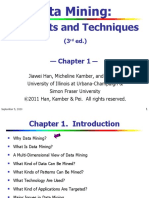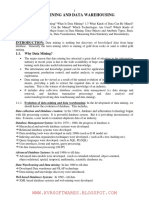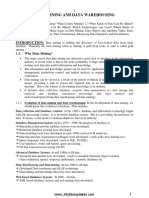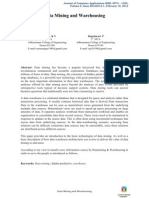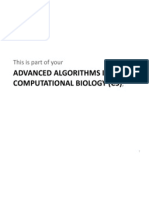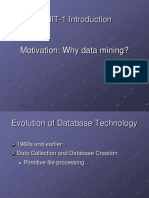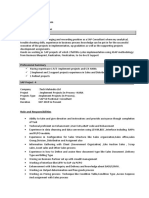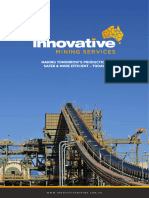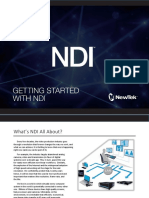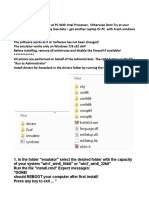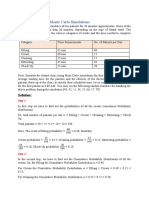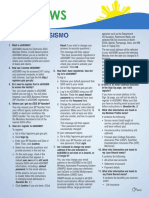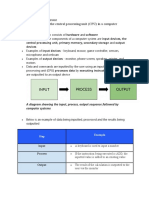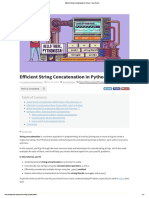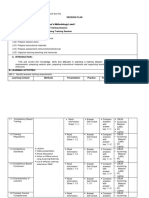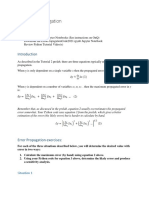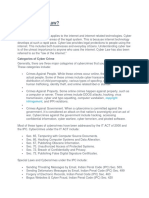0% found this document useful (0 votes)
9 views20 pagesData Mining Unit II Am
The document outlines the fundamentals of data mining, including task primitives, data mining query language (DMQL), and system architecture components. It discusses the advantages and disadvantages of data mining, as well as techniques for data generalization, summarization, and analytical characterization. Additionally, it highlights the importance of comparing data classes to understand their characteristics and differences.
Uploaded by
ashrathkhan54Copyright
© © All Rights Reserved
We take content rights seriously. If you suspect this is your content, claim it here.
Available Formats
Download as PDF, TXT or read online on Scribd
0% found this document useful (0 votes)
9 views20 pagesData Mining Unit II Am
The document outlines the fundamentals of data mining, including task primitives, data mining query language (DMQL), and system architecture components. It discusses the advantages and disadvantages of data mining, as well as techniques for data generalization, summarization, and analytical characterization. Additionally, it highlights the importance of comparing data classes to understand their characteristics and differences.
Uploaded by
ashrathkhan54Copyright
© © All Rights Reserved
We take content rights seriously. If you suspect this is your content, claim it here.
Available Formats
Download as PDF, TXT or read online on Scribd
/ 20




















